Beningbrough Hall and Gardens
OS grid reference:- SE 525 567
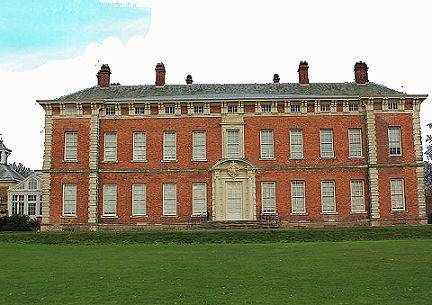
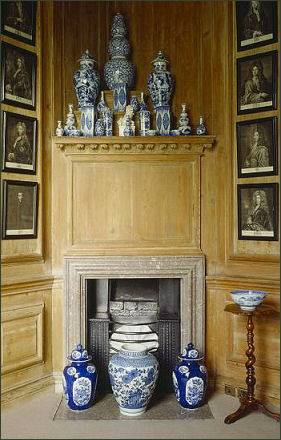 Beningbrough Hall is a large Georgian mansion near the North Yorkshire village of Beningbrough in the Vale of York. The hall is located around 8 miles to the north of York and occupies a pleasant situation overlooking the River Ouse.
Beningbrough Hall is a large Georgian mansion near the North Yorkshire village of Beningbrough in the Vale of York. The hall is located around 8 miles to the north of York and occupies a pleasant situation overlooking the River Ouse.
Constructed in 1716 by John Bourchier III, the hall replaced an Elizabethan manor which had once occupied the site, which was built by his ancestor Sir Ralph Bourchier. Ralph Bourchier's grandson, the Puritan Sir John Bourchier, as a judge at the trial of King Charles I, he was one of the signatories of the King's death warrant in 1649. After the Restoration of Charles II, in May 1660, Bourchier was too ill to be tried as a regicide, and died, unrepentant, a few months later.
John Bourchier III returned to England from a fashionable Grand Tour of Europe were he had gained inspiration for the house. He was High Sheriff of Yorkshire for 1719-1721 and died in 1736 at the age of 52.
John Bourchier (1710-1759) inherited the property from his father, from him it passed to Dr. Ralph Bourchier and then to his daughter, Margaret. Margaret Bourchier married Giles Earle and died childless in 1827. After being owned for over 100 years by the Bourchier family, the estate passed to their distant relative Rev. William Henry Dawnay, the future 6th Viscount Downe. Dawnay died in 1846 and the hall passed to Lewis Dawnay. He transformed the building, adding electricity and other modern conveniences.
It was purchased in 1916 by the wealthy heiress, Enid Scudamore-Stanhope, Countess of Chesterfield. The countess restored the by now neglected building and filled it with grand furnishings and paintings, including two spectacular state beds from her family home, Holme Lacy, in Herefordshire.
During the Second World War the hall was occupied by the Royal Air Force, when it was used to house airmen from the bomber squadrons at nearby Linton-on-Ouse. Lady Chesterfield returned to the house in 1047 and died in 1957 and in June 1958 the estate was acquired by the National Trust.
The red brick hall boasts stylish baroque interiors and wood carving. Due to an agreement with the National Trust, the National Portrait Gallery provide most of the portraits in the rooms. The hall contains more than 100 eighteenth century portraits and has seven new interpretation galleries called 'Making Faces: eighteenth century Style'. Visitors may even sit for a twentyfirst century digital portrait.
The Gardens
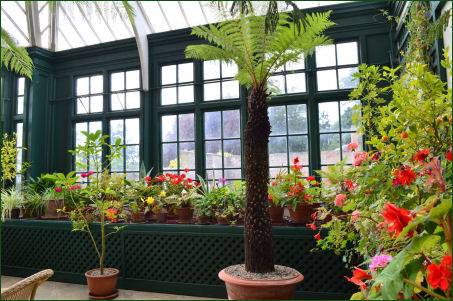 Beningborough Hall is set in extensive grounds, there are over eight acres of formal gardens to explore. A grand drive leads to the main frontage and a highly attractive walled garden. A Bourchier knot, an heraldic device used by the Bourchier family, is cut into a lawn which adjoins the house.
Beningborough Hall is set in extensive grounds, there are over eight acres of formal gardens to explore. A grand drive leads to the main frontage and a highly attractive walled garden. A Bourchier knot, an heraldic device used by the Bourchier family, is cut into a lawn which adjoins the house.
The series of interlocking gardens each have their own distinct seasonal interest. They include a working walled kitchen garden which contains a large collection of fruit, several colourful herbaceous borders and less formal areas which are managed for wildlife. Each area tends to be at its best at a different time of year and watching the season change is often a reason visitors return time after time.
Beningbrough was built in 1716 by John Bourchier following his Grand Tour around Europe and was particularly inspired by his stay in Italy. The Italian border is filled in high summer with colourful Mediterranean blooms suited to hot climates and periods of drought but still able to withstand the Yorkshire climate.
Often described as a garden for all seasons, the changes throughout the year can be tracked with a different area looking at its best. Winter structure makes way for the first shoots and bulbs. Falling blossom petals create carpets of colour and borders fill with summer blooms turning in time to autumn seed heads.
The West Formal Garden sits next to the conservatory, which is a Victorian addition to the hall. The planting changes twice a year, as was the Victorian fashion to show off the brightest and boldest plants and foliage. The East Formal, in contrast, is a cool, scented space to watch the fish or sit in the summer house.
Red admiral, comma and speckled wood butterflies are all attracted to fruits such as apples, pears and grapes, as well as flowers in the gardens. The Walled Garden's south facing wall is a good place to spot them, even as late as early November. Wood mice, short-tailed voles, common shrews and pygmy shrews also inhabit the garden.
There is also has a a wilderness play area for childen, a community orchard, restaurant, shop and garden shop.
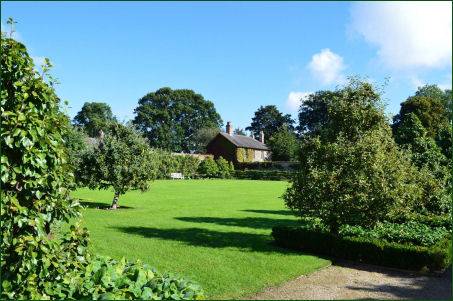
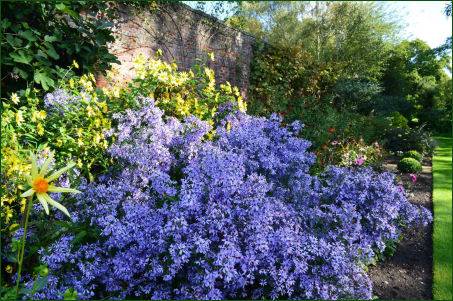
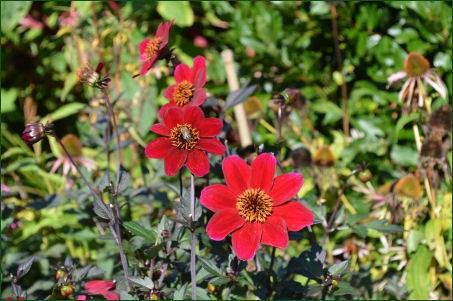
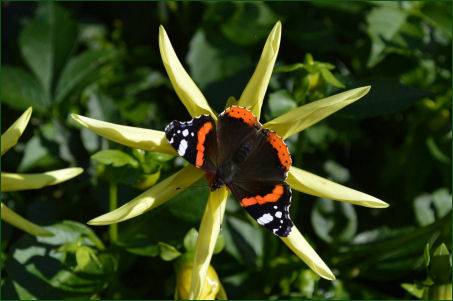
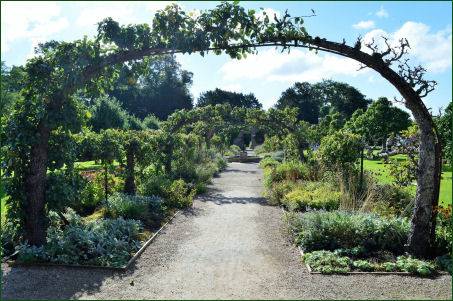
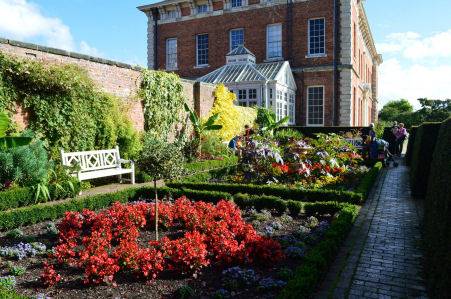
Directions
Signposted off A19 and A59 (over toll bridge) Parking is free
